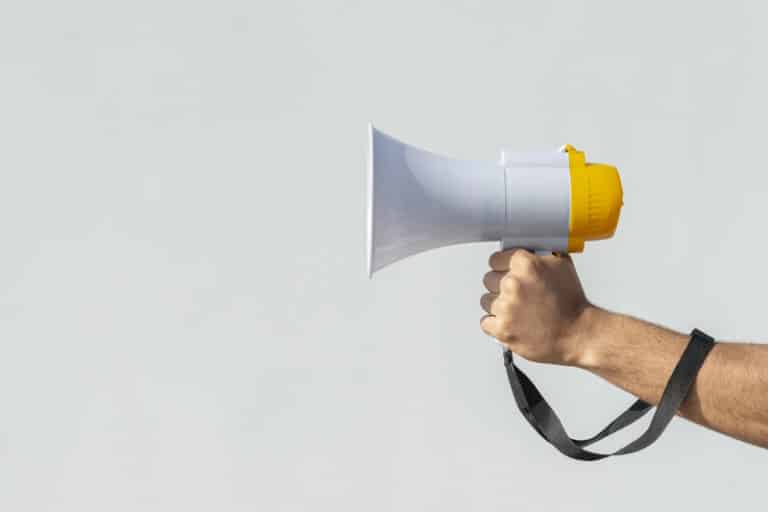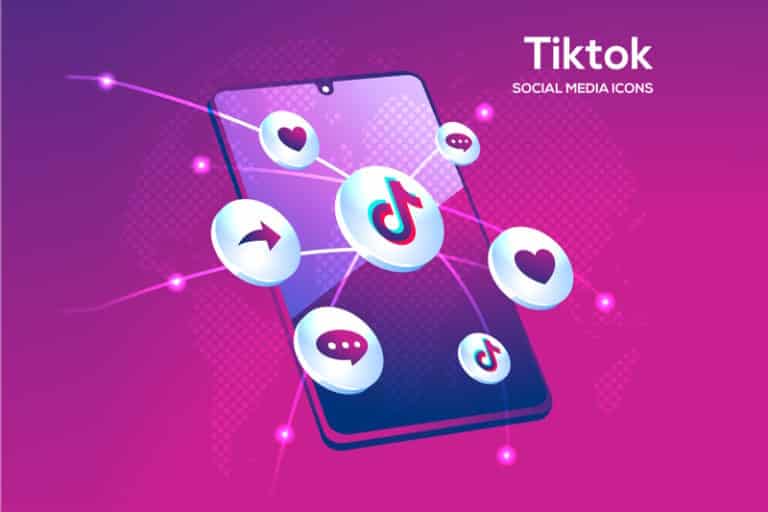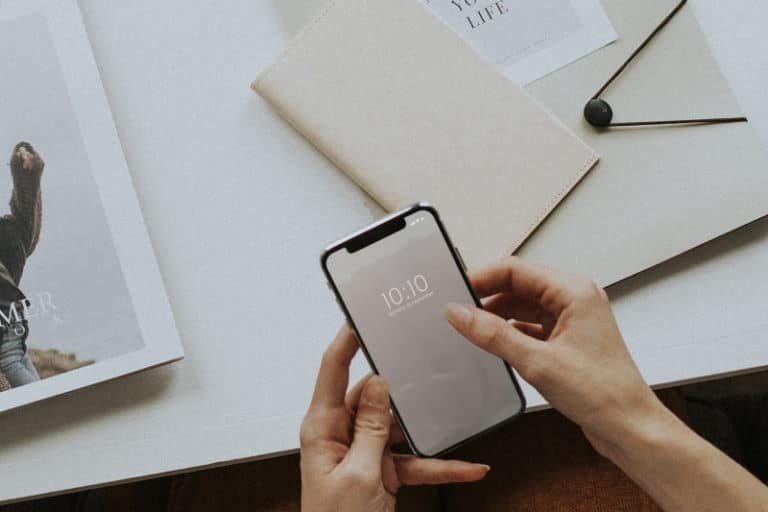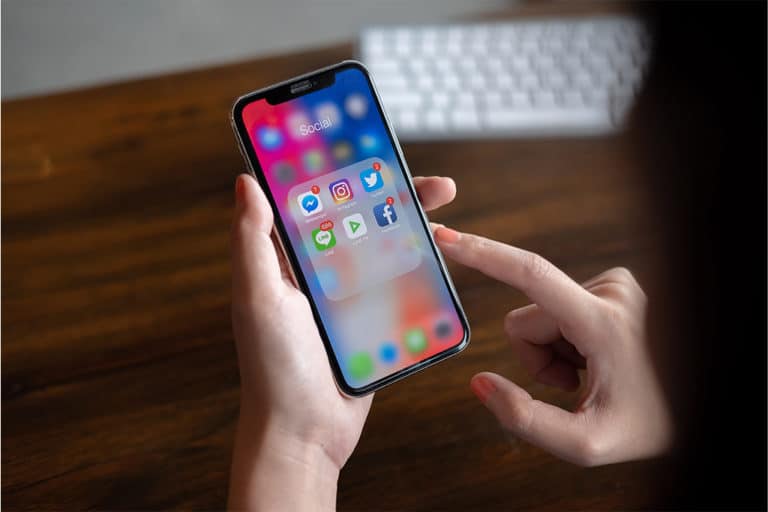We never had a better year to pick up a new Android phone than right now. Regardless of the budget we have, we can go out there and buy a phone that we’ll be happy about buying it.
However, the variety of phones is endless and here we’ll give have to give our top recommendation as to the best Android phone is for the Samsung Galaxy S20 FE.
Samsung became by far the top manufacturer and makes amazing phones every year. This year is no different than the other but with the Galaxy S20 FE, you get a top-tier Samsung experience at a better value than we have in years.
Compared to other more expensive Galaxy handsets like the S20+, the FE surprisingly has many similarities. It has a 120Hz AMOLED screen, the Snapdragon 865, great battery life, and the same One UI software. Even wireless charging and an IP68 rating are here, two things that usually get cut with these new “value flagships” that we see lately.
We have a lot of different options on this list, but if something about the Galaxy S20 FE does not look right to you, at the end you’ll see why it has been our highest recommendation.
What size screen should I choose?
Many considerations need t to be taken when buying a new Android phone, and it all starts with the display in the first place. This is the component you interact with most than anything else, so it is extremely important we’ll get one that we’ll enjoy using it. Resolution and refresh rate of a screen ought to be taken into consideration, but even n this case size really matters.
The determining factor for choosing a phone is the display. 6.9-inch screen results in a much larger phone than one with a 5.8-inch one, so, first we must decide how big or small we’re prepared to go.
Take for example the Galaxy Note 20 Ultra. It has the largest display on this list (outside of the Z Fold 2, but that’s another story), and because the screen is big, it’s a phenomenal surface for watching movies, playing games, and browsing the web. Everything looks better on a larger display, however, the downside to this, is that phones like the Galaxy Note 20 Ultra can be rather uncomfortable for people with smaller hands, managing a phone like this can be very hard.
Then you have smaller phones, such as the Pixel 4a. It’s substantially easier to manage and you can even use it with one hand, but on the other side, you have less display to watch movies and games. It also means you can fit less content on the screen at one time, and if you’re someone short-sighted that likes to increase the size of the fonts on your phone it becomes rather uncomfortable.
There will be many phones that fall somewhere in the middle between these two extremes. If you’re really concerned about whether or not a phone will be too big or small, your best bet is to honestly go to your local store and pick up the best option for you.
Do software updates matter?
Yes, Android OS is constantly evolving and getting better, day by day but unfortunately, phones are backed by a few years of software support.
Google and Samsung are the best in the business when it comes to supporting. All of the Pixels and Galaxy devices mentioned in this list will be backed for three years of major OS updates from its release, which is by far the best support a maker has to offer. Google even goes a step further and brings you monthly security patches.
On the complete opposite side, you have a company like Motorola that does not seem to care so much and promises to bring you only one update to Android 11.
Is it really important to get software updates? Well, the answer depends on you and how much you care about Androids new features.
Do I really need so many cameras?
There is a saying that OS doesn’t evolve really that much so manufacturers add cameras to seduce us to buy a new phone. Others say that phones have to have multiple camera sensors to be any good.
Nothing of this is true.
Let’s take for example the OnePlus 8T. It has a 48MP primary camera, 16MP ultra-wide, 5MP macro, and 2MP monochrome camera. Compared side-by-side with the single 12.2MP camera on the Pixel 4a, one would assume that the OnePlus 8T takes better photos. Absolutely not.
Having more sensors is fun, but only if they’re of top-notch quality. Far too often, we see companies adding extra cameras on their phones only to have these secondary lenses not be very good. The primary camera sensor is always the most important, so that’s the one you want to be concerned about the most.
On a similar note, more megapixels (referred to as MP) does not always mean you’ll get a better camera. The 12.2MP camera on the Pixel 4a takes better pictures than the 48MP found on the OnePlus 8T. Don’t let the megapixel count be your only
What size the battery should be?
Battery life it’s one of the most important components. Your phone can have the best display and processor around, but if struggling and dying by midday what’s the point?
As a general rule of thumb. If you’re buying an Android in 2020, the ideal capacity should be at least 4,000 mAh or larger. As phones move towards bigger displays this is the minimum needed to last the whole day.
Are there any other features should I look out for?
Most people tend to ignore additional features and this could be a big mistake a good example is NFC. (Near Field Communication), and it’s the chip allowing us to pay and interact with POS at grocery stores, restaurants, etc. Most newer Android phones have the feature, but some don’t
Another spec is protection from dust and water, nobody goes for a swim with the phone but sometimes we get caught in the rain ora glass of waterfalls and/or we take the phone to the beach, an IP68 rating is a nice peace feature to our phone survive these conditions just fine.
Another trend we see in the last years is the dead of the death of the headphone jack. The latest phones do not have the port anymore, but there a few manufacturers that continue to offer it. It’s certainly nice to have if you’re someone that primarily uses wired headphones or earbuds, but if you’ve moved on to the wireless wagon, it’s not something you need to be all that concerned with.
What are the best Android phones?
We have a lot of challengers for the title of the best Android phones, but we think the Samsung Galaxy S20 FE stands out above all as the first choice for most consumers. The S20 FE is not the best premium Android phone you can buy in 2020, but when looking at the specs and features it offers the best value for its price.
The Galaxy S20 FE has everything need in a flagship phone: a top-tier Qualcomm Snapdragon processor, a 120Hz AMOLED display, great cameras, and extended battery life. Other top-notch features, such as wireless charging and dust/water resistance, are here as well. Everything you could ask for is present on the S20 FE and does all of this with a decent retail price costing hundreds of dollars less than the competitors.
The Galaxy S20 FE is a remarkable phone, but if you have more monies to spend and want something more impressive, you can go with the OnePlus 8 Pro. You’ll find a similar processor, display, and battery performance compared to the S20 FE, but the OnePlus 8 Pro has a few advantages over it. Its cameras are more capable, it supports ultra-fast 30W wireless charging, and you get a glass/metal design compared to the S20 FE’s plastic construction.
We can’t forget to mention the Google Pixel 4a, which is in a different category of the smartphone. Compared to the Galaxy S20 FE and OnePlus 8 Pro has considerably lesser specs and a cheaper design, but that also results in a vastly lower price.
Check the first phone on our list here:














